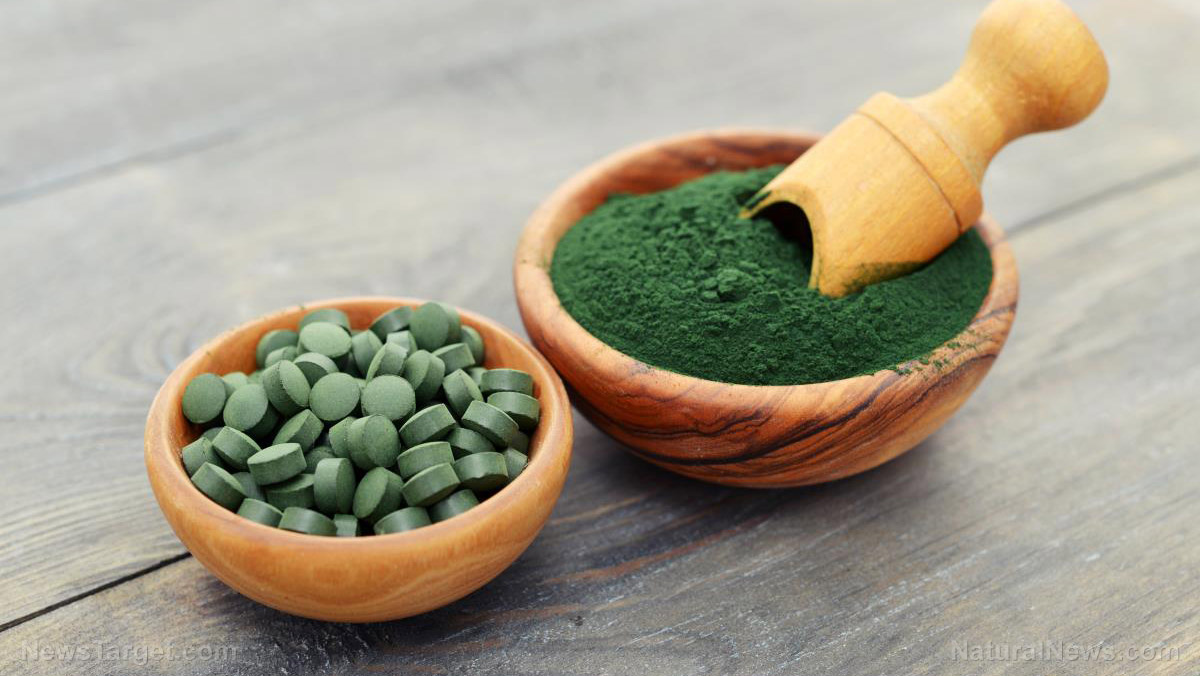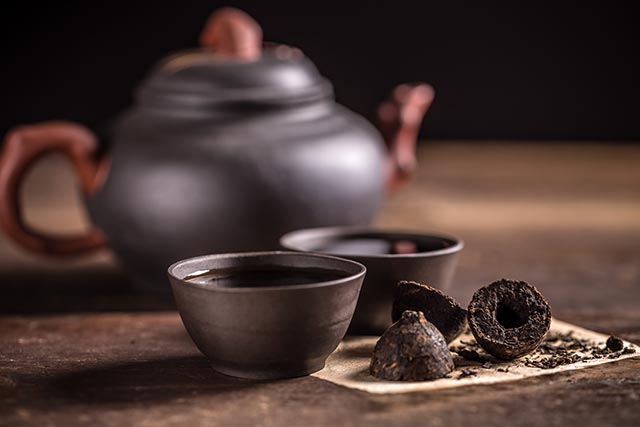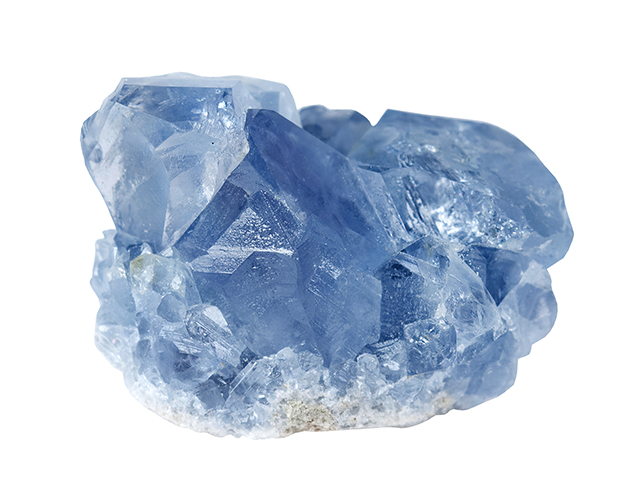It’s all in the… toilet: Color changes in your poop could be linked to your health, warn experts
04/29/2019 / By Zoey Sky

When was the last time you checked the color and consistency of your stool or the frequency of your bowel movements? If the answer is “never,” you might want to take a quick peek in the toilet the next time you visit, especially if you’re feeling unwell. According to experts, the color and consistency of your stool may change if you have certain health problems.
The stigma of stool
The color of your poop isn’t really a topic that’s usually discussed in polite company, but health experts insist that any significant change in your bowel movements may be a cause for concern. To address the embarrassment and stigma of stool color, certain medical organizations have made health-relevant information about poop color more readily available online.
You shouldn’t be embarrassed to ask a health care provider questions about the color of your stool, especially if you’re concerned that it’s something health-related. Dr. John Inadomi, head of the division of gastroenterology at the University of Washington School of Medicine (UWSOM), shared that most patients are concerned about issues like constipation, diarrhea, and poop color.
Dr. Jill Clark, a colon and rectal surgeon at St. Mark’s Hospital in Salt Lake City, explains that there are a lot of online searches about poop color because people are still reluctant to talk to others about their bowel movements, much less talk face-to-face with a health care provider.
Facts about color and consistency
The color of your stool alone isn’t enough to accurately determine any health problem, but if you notice a change that doesn’t make sense, don’t hesitate to consult a physician who can give you more information.
Below are the colors that you need to be vigilant about:
Red
Red indicates the presence of blood in your poop. Sometimes, the stool itself is bright red, or you may notice bright red blood around it. Dr. Christine Davis, a family medicine physician in UnityPoint Clinic in Waukee, added that you may also see flecks of blood on the toilet paper after wiping yourself.
In most cases, you pass red poop because of hemorrhoids or swollen veins in your rectum or anus.
However, red stool could also indicate more severe issues such as colon cancer or diverticular bleeding. This type of bleeding involves the diverticula, which are outpouchings or sacs, in the gastrointestinal tract. Bleeding of this kind may cause fatal hemorrhaging.
Stay calm even when you see red in your stool and consult a health care provider to confirm any possible health issues that you may have. (Related: Four ways to easily tell what your poop says about your health.)
Black
In some cases, medicine or brightly colored food can turn your poop black. Your poop may also turn black if you’re taking an iron supplement or Pepto-Bismol.
However, you need to talk to a health care provider if you see that your poop has turned black without eating or taking any of the drugs mentioned above.
Like red poop, black poop may contain blood, but it’s been in the poop longer, hence the change in color. Black stool could indicate gastrointestinal bleeding, warned Clark.
Maroon
Like with red or black stool, maroon-colored poop could indicate a health concern that needs to be verified by a health care provider.
Green
Inadomi said that all shades of brown, or most shades of brown-green, are normal. However, poop that is very green could indicate that it moved too quickly through your intestines and that bile didn’t have a chance to properly break it down and turn it brown.
When stool moves too fast, it could mean that you’re not absorbing nutrients from your food properly. Malabsorption is associated with inflammatory bowel diseases (IBD), such as Crohn’s disease or ulcerative colitis.
Take note that Crohn’s disease is different from ulcerative colitis, another type of IBD. While the symptoms of the two conditions are similar, they affect different areas in the gastrointestinal tract (GI tract).
Crohn’s usually affects the end of the small bowel (the ileum) and the beginning of the colon, but it can also affect any part of the GI tract, which stretches from the mouth to the anus. On the other hand, ulcerative colitis is limited to the colon, which is also called the large intestine.
Yellow
Yellow poop that floats could mean that either your body is not absorbing fat as it should or you have an acute inflammatory illness or a stomach bug. It could also mean that you have a more serious, ongoing intestinal problem, such as an IBD.
White to clay-colored
Pale-colored poop usually means it doesn’t have enough bile in it, which indicates a severe liver problem. You should call a health care provider immediately if you have pale stool.
When it comes to the color of your poop, it’s not advisable to self-diagnose. Talk to your health care provider instead and discuss any alarming changes in your stool’s color and consistency.
Clark advises that it is healthy to be self-aware, especially when it comes to the color and consistency of your stool. The moment you notice any changes, ask a health care practitioner who can help you figure out what’s going on in your body.
Sources include:
Tagged Under: bowel habits, colon cancer, constipation, crohns disease, diarrhea, digestion, digestive problems, Diseases, disorders, diverticular bleeding, gastrointestinal bleeding, gastrointestinal tract, inflammatory disease, liver disease, malabsoprtion, self-awareness, stool, stool color, ulcerative colitis


















